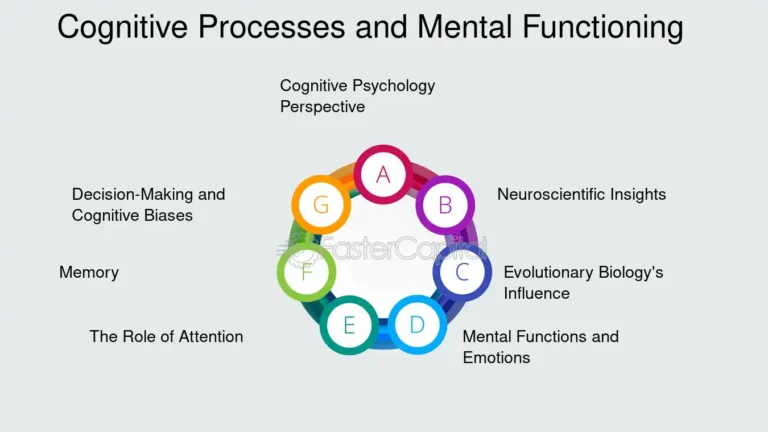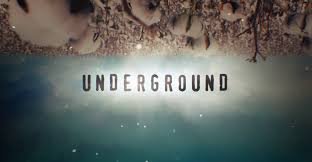
Studying Clipart
Clipart refers to pre-made images used to illustrate various types of media. These visuals are typically simple, stylized graphics that can be easily inserted into documents, presentations, websites, and other multimedia projects. Originating in the early days of digital publishing, clipart has undergone significant changes over time, moving from simple black-and-white illustrations to a vast library of colorful, detailed digital graphics. Studying clipart helps us understand how visual communication tools have evolved and how they continue to impact digital and print media.
History and Evolution of Clipart
The history of clipart can be traced back to the early 1980s, when personal computers became more widely available and desktop publishing software was introduced. One of the first major clipart collections was released by a company named T/Maker, which licensed a product called “ClickArt” for early Macintosh systems. These early collections were stored on floppy disks and offered limited options in terms of style and format. However, they marked the beginning of a visual revolution. During the 1990s, the popularity of Microsoft Office and its integration of clipart libraries made these images even more accessible. Suddenly, anyone preparing a report or presentation could enhance their work with a range of thematic images, from education to business to holidays. As the internet expanded in the 2000s, websites began offering vast repositories of clipart, both free and premium. This period also saw a transition from bitmap images to scalable vector graphics, which allowed for better quality and more flexible design. Today, clipart is no longer confined to a narrow selection of cartoonish icons. Modern clipart includes realistic illustrations, flat design elements, 3D graphics, and customizable vector sets.
Importance of Clipart in Communication
Clipart plays a significant role in communication by making content more engaging, understandable, and visually appealing. In educational contexts, teachers use clipart to simplify complex subjects, hold students’ attention, and create interactive learning materials. In business, professionals use clipart in presentations, reports, and marketing materials to support data visualization and storytelling. For personal use, clipart enhances greeting cards, invitations, and social media posts. One of the core reasons clipart remains important is its ability to convey meaning quickly. In a world where people are bombarded with information, visuals help filter and highlight key points. Clipart bridges the gap between text and understanding, making it an invaluable tool for visual learners and readers of all ages.
Types of Clipart
Clipart comes in various forms, each suited for different applications. One of the most common types is bitmap or raster clipart, which consists of pixel-based images. These are suitable for digital viewing but can lose quality when resized. Vector clipart, on the other hand, is made up of lines and shapes defined by mathematical equations, allowing for infinite scalability without losing clarity. This makes vector images ideal for logos, posters, and any design that requires resizing. Another category is animated clipart, which includes GIFs and short animated sequences. These are particularly popular on social media and in digital presentations. In addition, themed clipart sets focus on specific subjects such as holidays, professions, nature, and more. These collections allow designers to maintain consistency in their projects. Moreover, modern clipart can also be interactive or dynamic, responding to user input in web design or e-learning environments.
Sources and Platforms for Clipart
There are numerous platforms where users can find clipart, ranging from free repositories to subscription-based services. Some well-known free platforms include OpenClipart, Pixabay, and Vecteezy, which offer thousands of royalty-free images. These are particularly helpful for students, teachers, and freelance designers on a budget. Premium platforms like Adobe Stock, Shutterstock, and iStock provide high-quality, curated clipart with broader licensing options and professional-grade assets. In addition, design tools like Canva, Crello, and Microsoft Office come with built-in clipart libraries that are easy to use and integrate seamlessly into projects. When choosing a platform, users should consider factors such as licensing terms, image quality, variety, and ease of access. Many websites also allow users to filter results by format, style, color scheme, and usage rights.
Legal Considerations and Licensing
One of the most important aspects of using clipart is understanding the legal considerations involved. Not all clipart is free to use without restrictions. Some images are in the public domain or released under Creative Commons licenses, allowing users to utilize them freely with or without attribution. Others are protected by copyright and require payment or a subscription to use legally. Misusing copyrighted clipart can result in legal penalties or reputational damage. Therefore, users must always check the licensing information provided by the platform. It is also good practice to give credit to the creators when attribution is required. For commercial projects, it is especially important to ensure that the clipart has been cleared for commercial use, as using unlicensed visuals can lead to legal complications. Many professional designers create their own clipart or purchase exclusive rights to avoid such issues entirely.
The Role of Clipart in Education
In education, clipart is a valuable resource for teachers and students alike. Teachers use clipart to create visually engaging worksheets, classroom decorations, presentations, and instructional materials. Visual aids help clarify concepts, reinforce learning, and make lessons more memorable. Students benefit from using clipart in their own assignments and presentations, improving the visual quality of their work and enhancing their ability to communicate ideas. Furthermore, clipart can be used to support inclusive learning. For example, visual icons can be used in materials designed for students with learning disabilities, language barriers, or visual processing issues. Clipart serves as a universal language that transcends literacy and linguistic limitations, making it a powerful tool in diverse classrooms.
Clipart in Business and Marketing
Clipart is also widely used in business and marketing for creating promotional content, infographics, branding materials, and social media visuals. Businesses often rely on clipart to maintain a consistent visual identity without the expense of hiring a custom illustrator for every project. For small businesses and startups, clipart offers a cost-effective way to produce professional-looking materials. In marketing, clipart helps convey messages more effectively. For example, an infographic using clipart can simplify statistics, processes, or benefits in a visually digestible format. Similarly, presentations enhanced with clipart tend to be more persuasive and engaging. Social media marketers frequently use clipart in post templates to increase audience engagement and visual appeal.
Future Trends in Clipart Design
As technology advances, the future of clipart is likely to involve more personalization, interactivity, and integration with artificial intelligence. Clipart libraries are becoming smarter, with AI-driven platforms offering personalized recommendations based on user behavior and project context. Tools like Adobe Firefly and Microsoft Designer are already experimenting with AI-generated clipart, allowing users to create custom graphics simply by describing what they want. Moreover, the trend towards flat design and minimalism continues to influence clipart aesthetics. Modern clipart often favors clean lines, bold colors, and simplified forms, which are well-suited for digital environments and mobile devices. Interactive clipart, which responds to user actions, is also on the rise, especially in web design and e-learning platforms. In addition, augmented reality and virtual reality are opening new possibilities for clipart, where visuals are not just static images but immersive elements that users can interact with. These developments suggest that clipart will remain a relevant and evolving tool in digital communication.
Conclusion
Clipart has come a long way from its humble beginnings as simple illustrations on floppy disks. Today, it is an essential part of visual communication in education, business, marketing, and personal expression. With the rise of digital media and AI tools, clipart is evolving into a more dynamic, personalized, and interactive form. Understanding clipart—its history, types, uses, and legal aspects—empowers users to enhance their communication efforts effectively and ethically. As the visual language of the digital age continues to expand, studying clipart offers valuable insights into how we share ideas and connect through images.






